Hebrew Alphabet Chart: The Ultimate Guide To Reading And Writing

Introduction
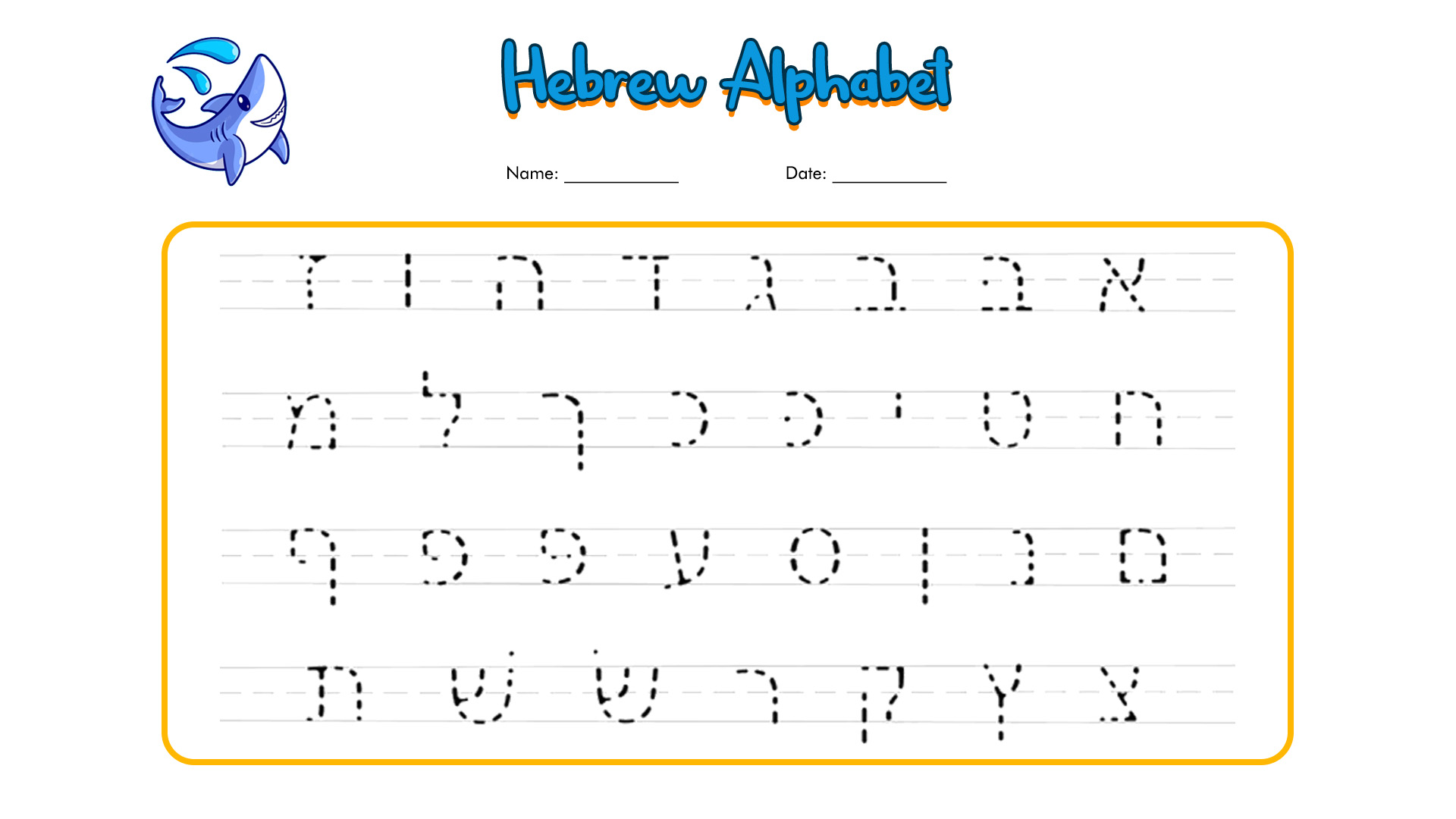
The Hebrew alphabet, also known as the Aleph-Bet, is the foundation of the Hebrew language and serves as the basis for other languages like Yiddish and Ladino. Learning the Hebrew alphabet is essential for anyone interested in reading and writing Hebrew, whether for religious studies, historical research, or personal curiosity. In this comprehensive guide, we will explore the Hebrew alphabet, its structure, and provide you with the tools to master reading and writing in Hebrew.
The Hebrew Alphabet: An Overview
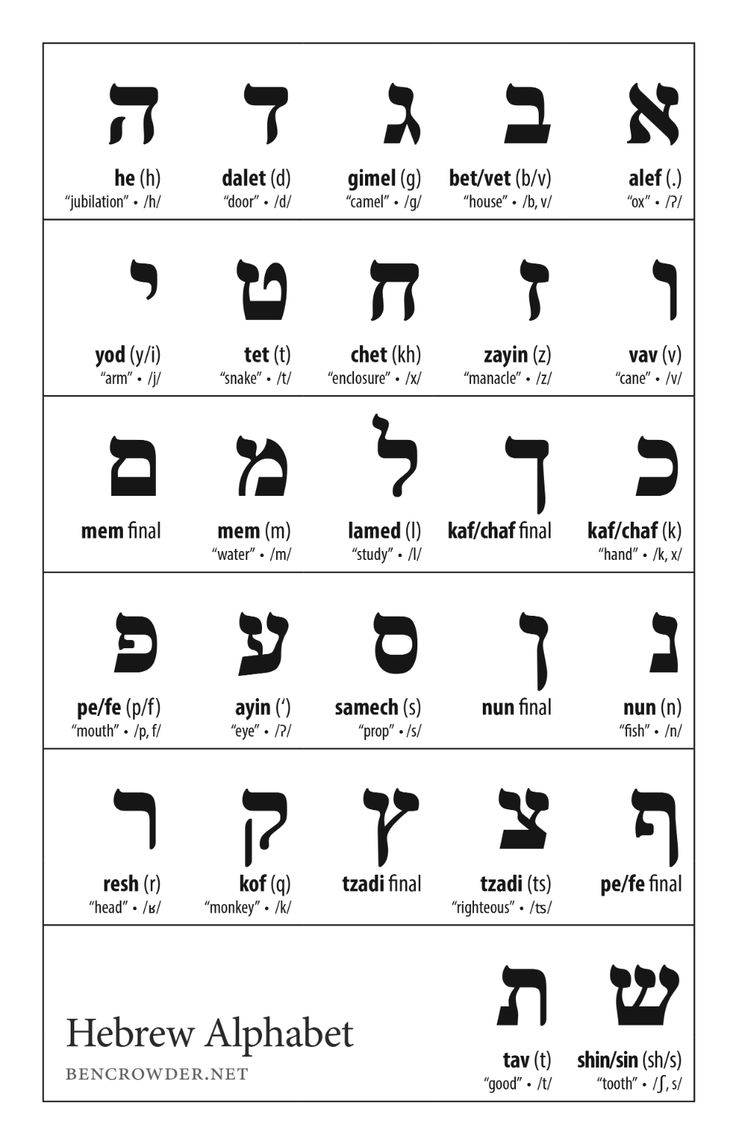
The Hebrew alphabet consists of 22 letters, each with its own unique shape and sound. Unlike the Latin alphabet, Hebrew is written from right to left. The letters are divided into three main categories: consonants, vowels, and final forms. Understanding the structure and characteristics of each letter is crucial for accurate reading and writing.
Consonants
Consonants form the backbone of the Hebrew alphabet. There are 22 consonant letters, each representing a specific sound. These consonants are used to form words and carry the main phonetic value. Here is a list of the Hebrew consonant letters:
| Letter | Name | Sound |
|---|---|---|
| א | Aleph | /ɑ/ or silent |
| ב | Bet | /b/ |
| ג | Gimel | /ɡ/ |
| ד | Dalet | /d/ |
| ה | He | /h/ |
| ו | Vav | /v/ or /u/ |
| ז | Zayin | /z/ |
| ח | Chet | /χ/ or /ħ/ |
| ט | Tet | /t/ or /θ/ |
| י | Yod | /j/ or /i/ |
| כ | Kaf | /k/ |
| ל | Lamed | /l/ |
| מ | Mem | /m/ |
| נ | Nun | /n/ |
| ס | Samekh | /s/ |
| ע | Ayin | /ʕ/ or silent |
| פ | Pe | /p/ |
| צ | Tsade | /ts/ |
| ק | Qof | /q/ |
| ר | Resh | /r/ |
| ש | Shin | /ʃ/ or /ɬ/ |
| ת | Tav | /t/ |
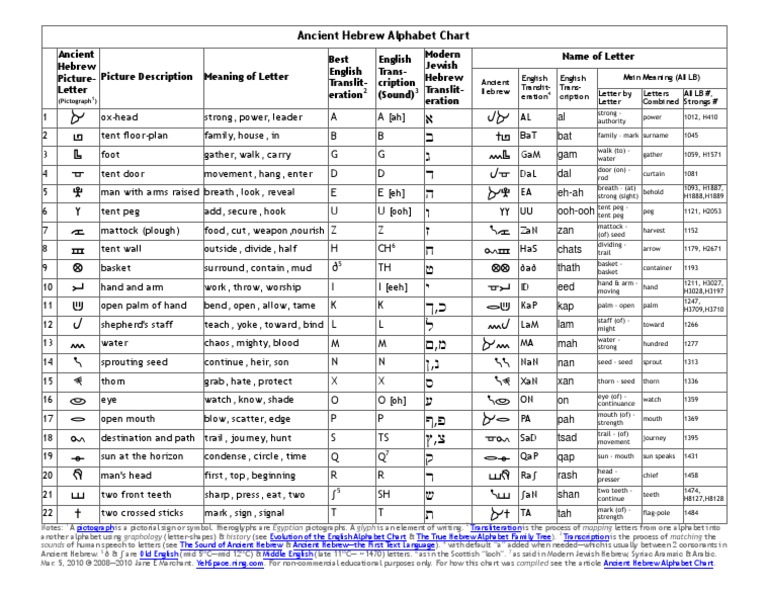
Vowels
Vowels in Hebrew are represented by a combination of diacritical marks and specific letters. These marks are placed above or below the consonants to indicate the vowel sound. There are several types of vowel markings in Hebrew, including niqqud and vocalization symbols. Learning to recognize and interpret these markings is essential for accurate pronunciation.
Final Forms
In Hebrew, some letters have a different form when they appear at the end of a word. These final forms, known as “sofit” letters, have a slightly modified shape compared to their regular counterparts. Recognizing and using these final forms correctly is crucial for proper spelling and writing.
Reading Hebrew: A Step-by-Step Guide

Reading Hebrew requires a systematic approach to decode the text accurately. Here is a step-by-step guide to help you read Hebrew texts:
Step 1: Recognize the Consonants
Start by familiarizing yourself with the consonant letters and their sounds. Practice identifying each letter and associating it with its corresponding sound. This foundation is crucial for reading Hebrew words.
Step 2: Understand Vowel Markings
Learn the different vowel markings and their placement. Practice reading words with various vowel combinations to enhance your reading skills. Pay attention to the placement of niqqud and vocalization symbols to ensure accurate pronunciation.
Step 3: Read Syllables and Words
Combine consonants and vowels to form syllables and words. Practice reading simple words, gradually increasing the complexity. Focus on pronouncing each syllable correctly and building your vocabulary.
Step 4: Practice Reading Sentences
Once you have mastered reading individual words, move on to reading sentences. Start with simple sentences and gradually progress to more complex structures. Pay attention to word order, grammar, and context to understand the meaning of the sentences.
Step 5: Immerse Yourself in Hebrew Texts
Surround yourself with Hebrew texts, such as books, newspapers, or online resources. Read aloud and practice reading comprehension. The more you expose yourself to Hebrew texts, the better your reading skills will become.
Writing Hebrew: A Practical Guide
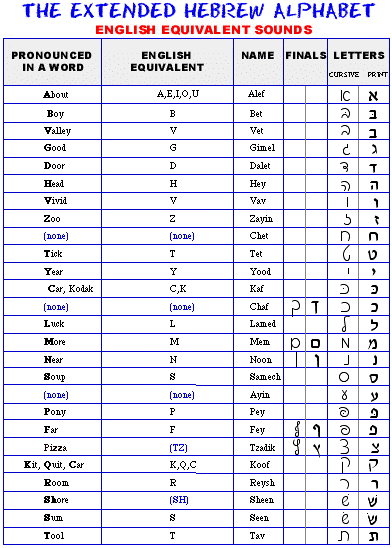
Writing in Hebrew involves mastering the shapes and forms of the letters. Here is a practical guide to help you improve your Hebrew writing skills:
Step 1: Learn the Letter Forms
Study the shapes and strokes of each Hebrew letter. Practice writing the letters by hand, focusing on their correct formation. Start with simple letters and gradually move on to more complex ones.
Step 2: Practice Writing Words
Begin by writing simple words, combining consonants and vowels. Pay attention to the proper placement of vowel markings. Practice writing words with different vowel combinations to enhance your writing skills.
Step 3: Write Sentences and Paragraphs
Once you are comfortable writing individual words, move on to writing sentences and paragraphs. Focus on proper word spacing, punctuation, and grammar. Practice writing about various topics to expand your vocabulary and writing abilities.
Step 4: Seek Feedback and Practice
Share your written work with native Hebrew speakers or language teachers. Ask for feedback and suggestions to improve your writing. Practice writing regularly, incorporating their feedback to refine your skills.
Notes:

Practice is Key: Consistent practice is essential for mastering the Hebrew alphabet. Dedicate regular time to reading and writing exercises to improve your skills.
Resources: Utilize online resources, textbooks, and language learning apps to enhance your learning experience. These tools can provide additional practice materials and interactive exercises.
Immersion: Immerse yourself in the Hebrew language by watching Hebrew movies, listening to music, and engaging in conversations with native speakers. This will help improve your reading, writing, and overall language proficiency.
Patience and Persistence: Learning a new alphabet and language takes time and effort. Be patient with yourself and persist in your studies. With dedication and practice, you will gradually become proficient in reading and writing Hebrew.
Conclusion
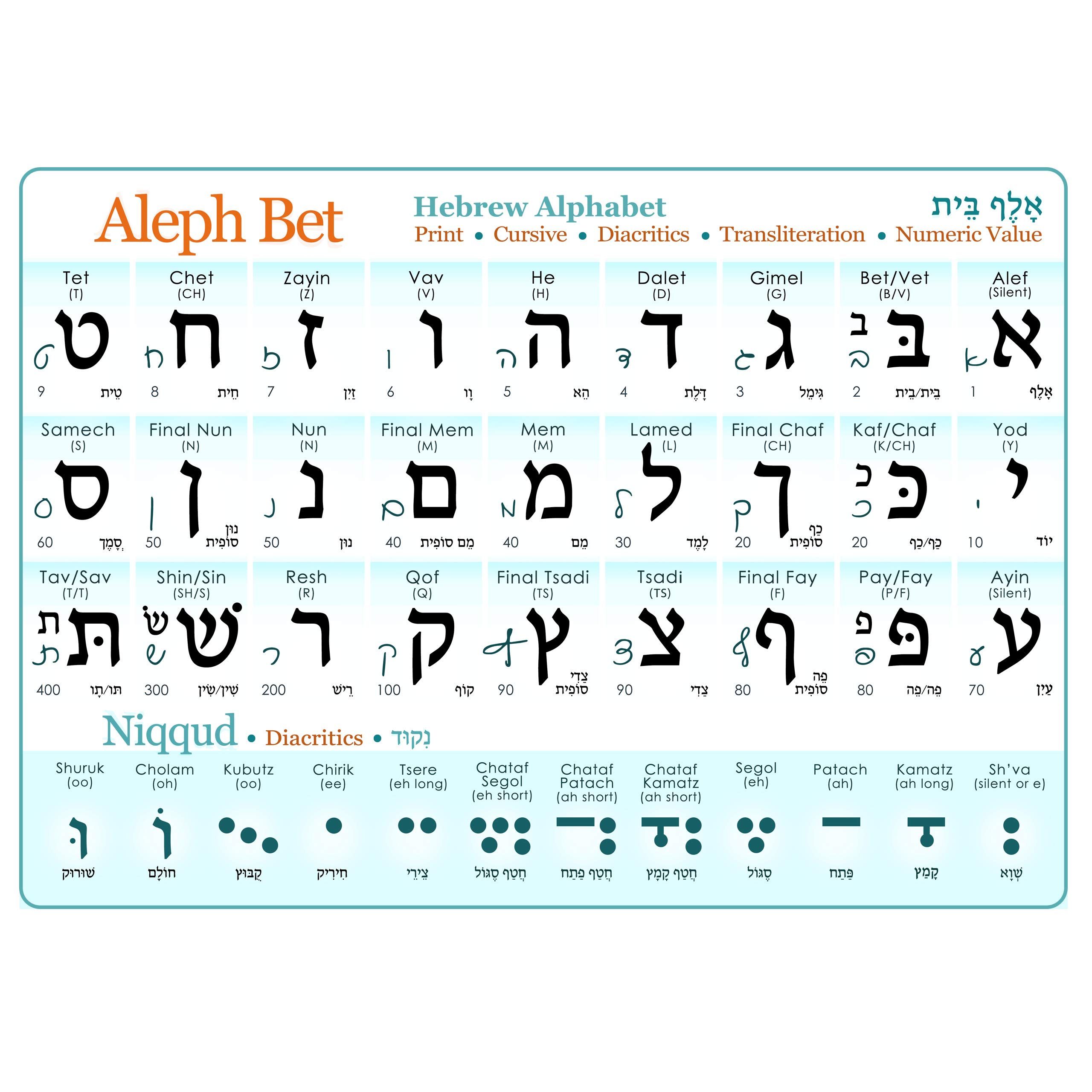
The Hebrew alphabet is a fascinating and ancient script, offering a gateway to the rich cultural heritage of the Hebrew language. By following this comprehensive guide, you can develop a solid foundation in reading and writing Hebrew. Remember to practice regularly, immerse yourself in the language, and seek feedback to enhance your skills. With dedication and perseverance, you will unlock the beauty and depth of the Hebrew alphabet and language.

